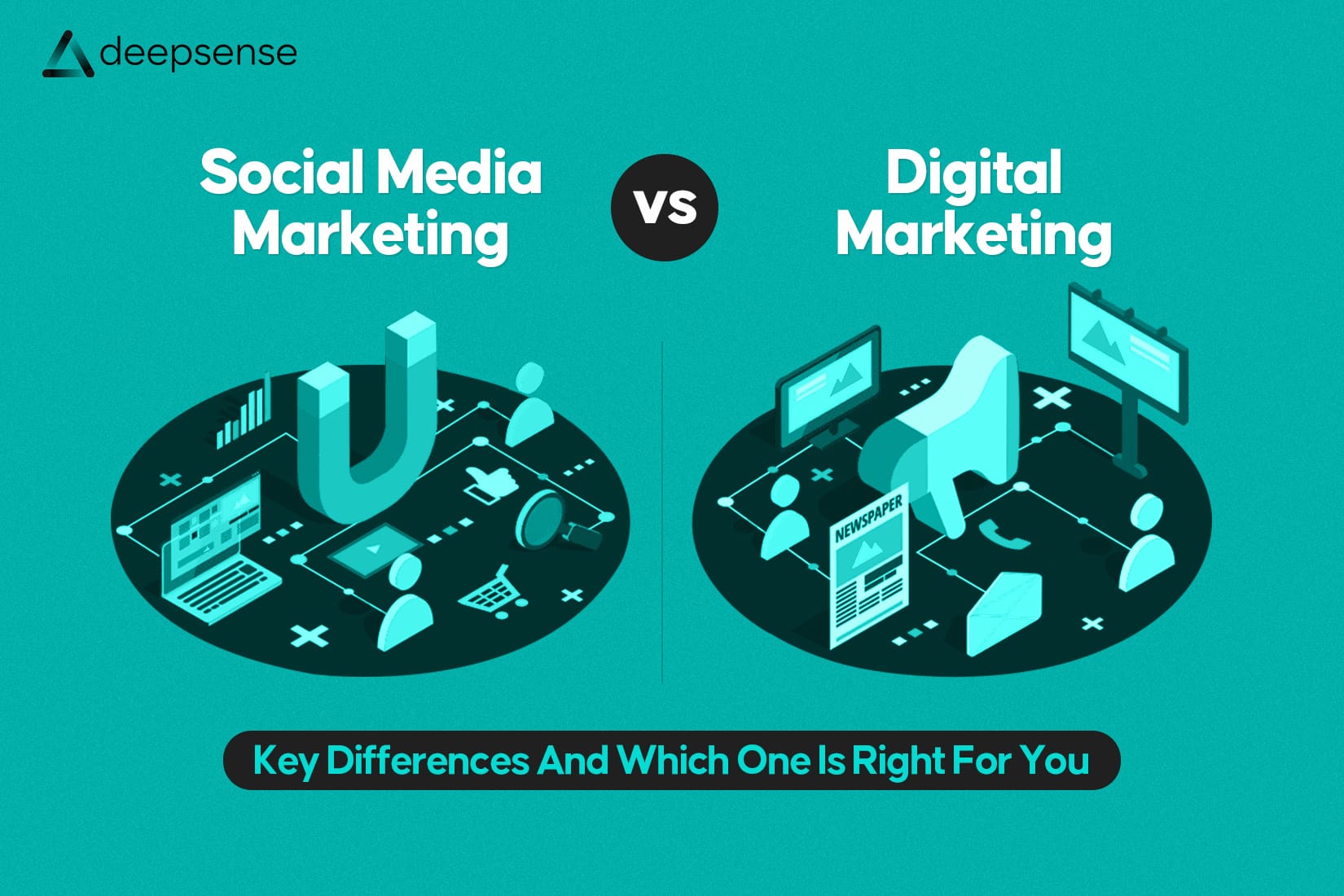Your Step-by-Step Guide to Ranking, Retaining, and Growing in Search
If you run a SaaS company, chances are you’ve already felt the pressure of a crowded marketplace. Whether you’re solving a niche workflow problem or offering a productivity powerhouse, having a great product isn’t enough. You need people to discover you, trust you, and choose you, and that’s where SEO comes in.
But here’s the catch: SaaS SEO isn’t like regular ROI vs SEO. It’s not just about ranking for keywords or pushing out content. It’s about creating a strategy that drives qualified, ready-to-convert traffic to your site consistently. Your goal isn’t vanity metrics, it’s MRR (Monthly Recurring Revenue), sign-ups, and trials.
In this guide, we’ll break down what makes SaaS SEO different, the core components of a winning strategy, and step-by-step tips to help you gain visibility, build authority, and scale sustainably. Whether you’re a growth marketer, content lead, or SaaS founder wearing multiple hats, this blog is built to give you clarity, structure, and results.
Why SEO Matters for SaaS Brands
Before we jump into the “how,” let’s understand the “why.”
SaaS brands typically have high customer lifetime value (CLV). That means acquiring users organically, without spending heavily on ads, makes your growth more sustainable. SEO drives consistent, compounding, and qualified traffic to your platform over time.
When done right, SEO becomes your best-performing acquisition channel.
Step 1: Understand Your Audience and Their Search Journey
Unlike impulse buys, SaaS buyers often:
- Research pain points
- Compare alternatives
- Check reviews
- Look for demo options or free trials
Use tools like:
- Google Search Console
- Ahrefs / SEMrush
- Customer support transcripts
- Sales call insights
Pro tip: Segment keywords by funnel stage; awareness, consideration, and decision.
Step 2: Perform a SaaS-Specific Keyword Research
SaaS keyword research is not just about volume. It’s about intent and context.
Keyword Buckets to Target:
- Problem-Aware Keywords → “how to improve team productivity”
- Solution-Aware Keywords → “project management tools for remote teams”
- Branded Competitor Keywords → “Monday.com alternatives”
- Feature-Specific Queries → “AI meeting summarizer feature”
Use keyword tools, but interview your users too. Their language is your SEO goldmine.
Step 3: Create High-Intent, Funnel-Friendly Content
Content is the backbone of any SaaS SEO strategy.
Types of Content to Build:
- Top of the Funnel (ToFu) – Blogs, guides, templates, checklists
- Middle of the Funnel (MoFu) – Case studies, product comparisons, ROI calculators
- Bottom of the Funnel (BoFu) – Demo pages, pricing breakdowns, feature-focused content
Structure your content to lead users to the next step: free trials, demos, or consultations.
Step 4: Optimize Your Site Architecture
SaaS sites often have a flat structure. That’s a missed SEO opportunity.
Best Practices:
- Group your blog and resources into categories
- Add internal links between related posts
- Use breadcrumb navigation
- Create landing pages for every use case, feature, and industry you serve
This improves crawlability and user navigation while passing link equity intelligently.
Step 5: Build Quality Backlinks (The Smart Way)
Links still matter, and SaaS brands have high link potential if you leverage:
- Original research or data reports
- Free tools (like calculators)
- Expert roundups and guest posting
- Founder-led thought leadership content
Reach out with value, not desperation. Make your site link-worthy.
Step 6: Optimize for Conversions, Not Just Rankings
Good rankings with bad UX won’t get you customers.
What to optimize:
- Page speed and mobile responsiveness
- Clear CTAs (like “Book a Demo”)
- Free trial sign-ups or interactive product tours
- Social proof (testimonials, logos, trust badges)
- Exit intent pop-ups or lead magnets
Your SEO traffic should turn into SQLs and MQLs, not just bounces.
Step 7: Monitor, Measure & Iterate
SEO is a long-term game, but it needs short-term tracking.
Track:
- Organic traffic by funnel stage
- Conversion rate by page type
- Keyword rankings (including competitors)
- Backlink growth
- Page-level engagement metrics (bounce rate, time on page)
Tools like GA4, HubSpot, and Ahrefs can give you deep insights.
Pro Tips from SaaS SEO Experts
- Always pair SEO with content distribution (LinkedIn, newsletters, communities)
- Update old posts regularly—freshness counts
- Don’t ignore technical SEO—schema markup, page load times, mobile-friendliness
- Use programmatic SEO for scalable landing pages (e.g., “[industry] + CRM”)
- Include product-led SEO elements (screenshots, interactive demos, embedded tutorials)
Final Thoughts: SaaS SEO Is a Growth Engine, Fuel It Right
Creating a powerful SaaS SEO strategy isn’t a one-and-done effort, it’s a long game that rewards consistency, quality, and strategic thinking. From understanding your buyer’s journey, conducting deep keyword research, and publishing value-driven content, to building high-authority backlinks and optimizing your technical setup, every piece plays a critical role.
The good news? Once your SEO engine kicks in, it compounds. You’ll start attracting high-intent leads organically, lowering your CAC (Customer Acquisition Cost), and increasing brand credibility without constantly spending on paid ads.
So, whether you’re just starting out or revamping an outdated strategy, the time to invest in SaaS SEO is now. Keep testing, keep optimizing, and remember, great SEO isn’t about gaming algorithms, it’s about helping real people.
Need help building a scalable SaaS SEO engine? Let’s talk strategy.
FAQs
1. How to do SEO for SaaS?
SEO for SaaS involves optimizing your website and content to rank higher in search engine results, attract organic traffic, and convert visitors into product users. Unlike eCommerce or local SEO, SaaS SEO focuses more on educating, nurturing, and solving specific business pain points for long-term user acquisition.
Key Steps:
- Conduct targeted keyword research around problems your software solves.
- Create value-driven content (blogs, use cases, tutorials).
- Optimize product pages, feature pages, and landing pages with the right search intent.
- Build quality backlinks from SaaS directories, tech blogs, and guest posts.
- Focus on technical SEO (fast loading, mobile-first, schema markup).
- Implement conversion-focused CTAs and on-page UX enhancements.
2. How to create an effective SEO strategy?
To create an SEO strategy that works, especially for SaaS:
Step-by-step:
- Understand Your ICP (Ideal Customer Profile)
Know their pain points, job roles, and what they search online.
- Conduct SEO and Competitor Analysis
Use tools like Ahrefs, SEMrush, or Ubersuggest to identify what keywords and content your competitors rank for.
- Keyword Mapping
Assign keywords to each stage of the funnel:
- Top: Blog topics (e.g. “how to improve team productivity”)
- Middle: Feature comparisons, use cases
- Bottom: Product pages, “your SaaS vs competitor” keywords
- Build a Content Calendar
Prioritize high-impact keywords and publish consistently. Mix how-to guides, checklists, case studies, and product education.
- On-Page & Technical Optimization
Use proper headers, meta titles/descriptions, internal linking, mobile responsiveness, page speed, etc.
- Backlink Building
Reach out for guest blogs, directories, mentions, PR, and product reviews.
- Track, Learn & Optimize
Use tools like Google Search Console, Analytics, and heatmaps to improve continuously.
3. What are the 4 pillars of SEO?
The 4 foundational pillars of SEO are:
- Technical SEO
- Ensures your site is crawlable, indexable, and fast.
- Includes mobile-friendliness, site speed, schema, XML sitemap, robots.txt.
- On-Page SEO
- Optimizing individual pages with keywords, headers, metadata, internal linking, and content structure.
- Content
- Creating valuable, relevant content targeting search intent — blog posts, FAQs, landing pages, use cases.
- Off-Page SEO (Backlinks)
- Building domain authority via backlinks, social signals, and PR.
4. What is SaaS SEO?
SaaS SEO is the process of optimizing a Software-as-a-Service website to attract qualified leads via search engines organically. It focuses on:
- Ranking for problem-based searches
- Educating users with content
- Targeting bottom-of-the-funnel (BOFU) keywords like “best time tracking software”
- Reducing CAC (Customer Acquisition Cost) with long-term visibility
It differs from traditional SEO by emphasizing user education, nurturing, and retention alongside acquisition.
5. How to find keywords for SaaS SEO?
To find the right keywords for SaaS SEO:
- Start with User Pain Points
Think: “What problems does my product solve?” — and search like your customer.
- Use Tools
- Google Keyword Planner
- Ahrefs / SEMrush
- Ubersuggest
- AnswerThePublic (great for questions)
- Google Autosuggest and “People also ask”
- Spy on Competitors
Check what keywords your competitors rank for and identify gaps you can fill.
- Segment by Intent
- Informational: “how to manage remote teams”
- Comparative: “Asana vs Trello”
- Transactional: “best project management tool for agencies”
- Focus on Long-Tail Keywords
These are easier to rank and often show higher buying intent, e.g., “time tracking software for small teams.”
6. What is B2B SaaS SEO?
B2B SaaS SEO is SEO tailored specifically for business-to-business software companies. It targets decision-makers in other businesses who are researching tools to solve internal problems.
Key characteristics:
- Focuses on educating multiple stakeholders (not just individuals)
- Long sales cycles, so SEO supports lead nurturing over time
- Emphasizes bottom-line benefits (ROI, team productivity, automation)
- Needs trust-building content like whitepapers, case studies, and product comparisons











